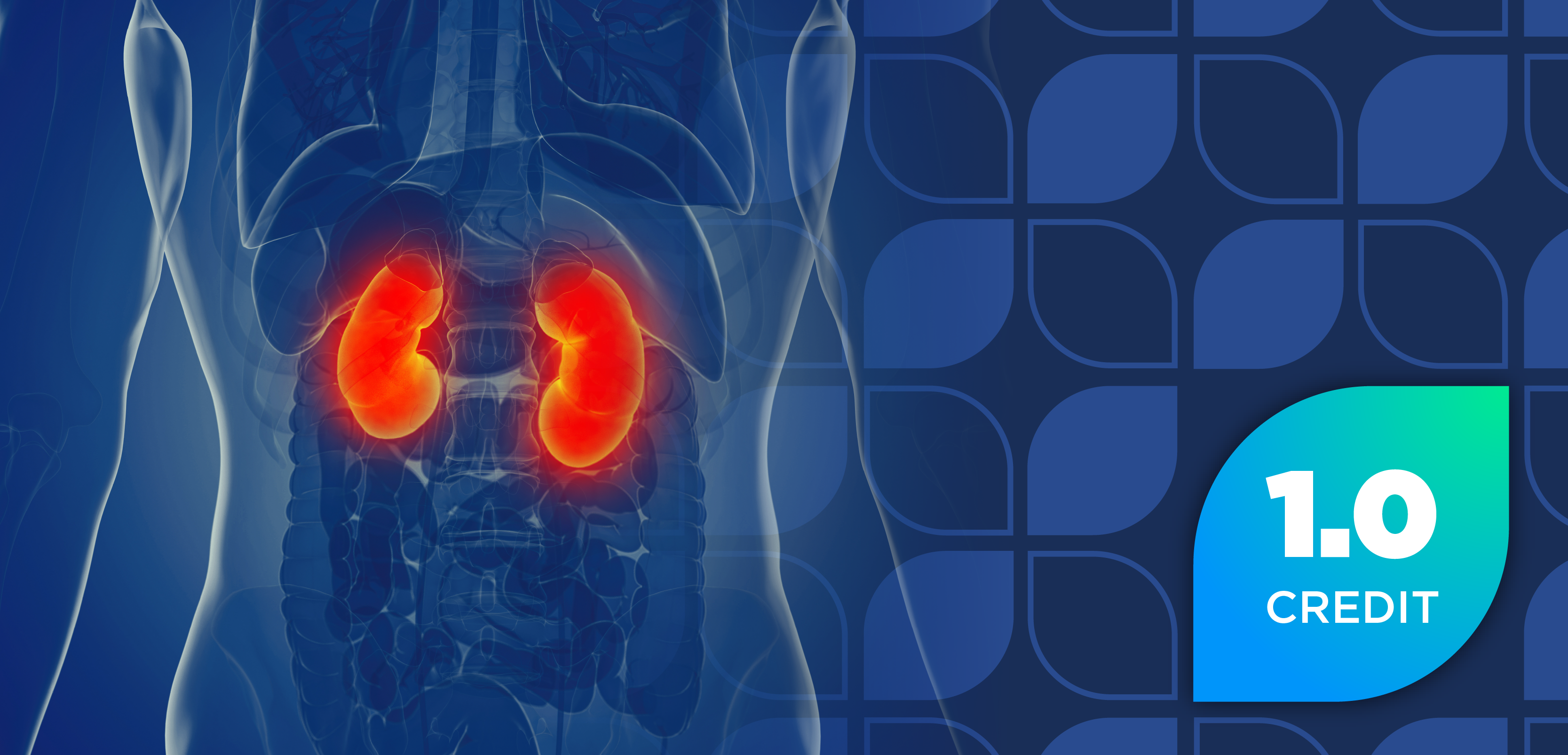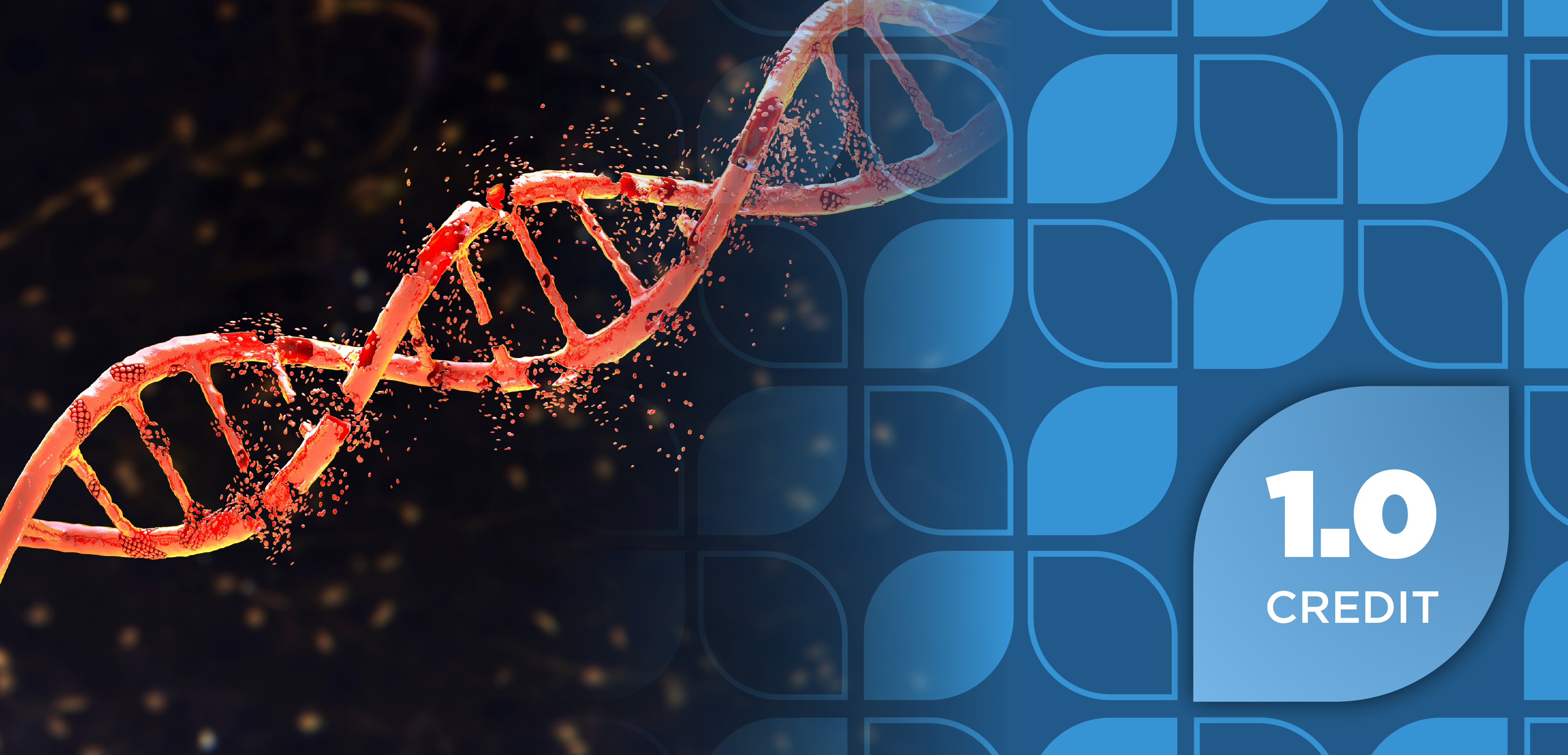
Brensocatib Becomes First Approved Treatment for Non-Cystic Fibrosis Bronchiectasis in Adults, Adolescents
Key Takeaways
- Brensocatib is the first FDA-approved treatment for NCFB, targeting neutrophilic inflammation and reducing exacerbations and lung function decline.
- The phase 3 ASPEN trial showed significant reductions in annualized exacerbation rates and lung function decline with brensocatib compared to placebo.
Brensocatib emerges as the first FDA-approved treatment for non-cystic fibrosis bronchiectasis, revolutionizing care and targeting chronic inflammation.
Brensocatib (Brinsupri; Insmed Incorporated) received FDA approval as a treatment for non-cystic fibrosis bronchiectasis (NCFB) in adults and children 12 years and older, supported by data from the phase 3 ASPEN (NCT04594369) and phase 2 WILLOW studies (NCT03218917). The decision makes brensocatib the first and only FDA-approved treatment for NCFB, marking a critical step forward in the therapeutic landscape.1,2
"This FDA approval represents a potential paradigm shift in how we approach non-cystic fibrosis bronchiectasis," Doreen Addrizzo-Harris, MD, FCCP, the Fiona and Stanley Druckenmiller Professor of Pulmonary, Critical Care and Sleep Medicine at NYU Grossman School of Medicine; director of the NYU Langone Health Bronchiectasis and NTM Program; and ASPEN investigator, said in a press release. "For the first time, we have a treatment that directly targets neutrophilic inflammation and addresses a root cause of bronchiectasis exacerbations. Based on the strength of the data and the impact we've seen in patients, I believe this could become the new standard in [NCFB] care."3
NCFB
Bronchiectasis is a chronic, progressive inflammatory condition of the lungs, affecting nearly 500,000 people in the United States, among whom NCFB occurs most commonly in adults. It is characterized by permanent widening of the bronchi caused by a recurring cycle of infection, inflammation, and tissue damage, often leading to frequent pulmonary flare-ups that may require antibiotics or hospitalization. Common symptoms include persistent cough, excessive mucus production, shortness of breath, and recurrent respiratory infections that can accelerate disease progression.3,4
Treatment for NCFB is limited and often comprised primarily of nonpharmacological mucus clearance, also known as airway clearance techniques (ACTs), which are effective air-clearing strategies. For more severe cases of NCFB, patients may be referred to a specialized center for surgical evaluation for lobectomy or segmentectomy.4
Brensocatib represents a novel therapeutic approach for the treatment of NCFB. It is a small molecule, once-daily, oral, reversible inhibitor of dipeptidyl peptidase 1 (DPP1) designed to inhibit the activation of enzymes (neutrophil serine proteases) in neutrophils. These are key drivers of chronic inflammation in NCFB. In the phase 3 ASPEN and phase 2 WILLOW studies, brensocatib treatment led to significantly lower annualized rates of pulmonary exacerbations and lung function decline.3
ASPEN
ASPEN was a phase 3, global, randomized, double-blind, placebo-controlled trial evaluating the safety and efficacy of brensocatib as a monotherapy compared with placebo in adult (ages 18-85; n = 1680) and adolescent (ages 12 to <18 years; n = 41) patients with NCFB (n = 1721). The patients were randomly assigned 1:1:1 for adults and 2:2:1 for adolescents, and all received 10 mg or 25 mg of brensocatib once daily or a placebo.5
The primary end point was the annualized rate of adjudicated pulmonary exacerbations over a 52-week period. Key secondary end points included time to the first exacerbation during the 52-week period; the percentage of patients remaining exacerbation-free at week 52; the change in forced expiratory volume in 1 second (FEV1); the annualized rate of severe exacerbations; and the change in quality of life.5
In the trial, patients receiving brensocatib experienced fewer pulmonary exacerbations compared with those receiving placebo. The annualized exacerbation rate was 1.02 for the 10-mg group and 1.04 for the 25-mg group, vs 1.29 for placebo. This corresponded to a 21% reduction with the 10 mg dose (rate ratio, 0.79; 95% CI, 0.68–0.92; P = .004) and a 19% reduction with the 25 mg dose (rate ratio, 0.81; 95% CI, 0.69-0.94; P = .005). Time to first exacerbation was also longer with brensocatib, with HRs of 0.81 (95% CI, 0.70-0.95; P = 0.02) for 10 mg and 0.83 (95% CI, 0.70-0.97; P = .04) for 25 mg.5
At week 52, 48.5% of patients in both brensocatib groups remained exacerbation-free, compared with 40.3% in the placebo group. Lung function decline, measured by FEV₁, was smallest in the 25 mg group (−24 mL), followed by the 10 mg group (−50 mL), compared with −62 mL with placebo. The difference reached statistical significance only for the 25-mg dose (38 mL; 95% CI, 11 to 65; P = .04).5
Adverse event rates were generally similar across all groups, although hyperkeratosis occurred more frequently in patients receiving brensocatib.5
WILLOW
WILLOW was a phase 2, randomized, double-blind, placebo-controlled trial investigating the efficacy, safety, and pharmacokinetics of brensocatib administered once daily for 24 weeks in patients with NCFB (n = 256). Patients with bronchiectasis who had experienced at least 2 exacerbations in the past year were randomly assigned 1:1:1 to receive placebo (n = 87), 10 mg of brensocatib (n = 82), or 25 mg of brensocatib (n = 87) once daily for 24 weeks. The primary end point was the time to first exacerbation, with secondary end points including exacerbation rate, sputum neutrophil elastase activity, and safety.6
The median time to first exacerbation (25th percentile) was 67 days with placebo, 134 days with 10 mg of brensocatib, and 96 days with 25 mg. Both brensocatib doses significantly prolonged the time to first exacerbation compared with placebo (P = .03 for 10 mg; P = .04 for 25 mg). The adjusted HR for exacerbation was 0.58 (95% CI, 0.35-0.95; P = .03) for the 10-mg group and 0.62 (95% CI, 0.38-0.99; P = .046) for the 25-mg group. The incidence-rate ratio was 0.64 (95% CI, 0.42-0.98; P = .04) for 10 mg vs placebo and 0.75 (95% CI, 0.50-1.13; P = .17) for 25 mg vs placebo. Both doses reduced sputum neutrophil elastase activity over the 24-week treatment period.6
Dental and skin-related adverse events of special interest occurred more frequently in the 10-mg and 25-mg groups, respectively, compared with placebo.6
Implications
The FDA approval of brensocatib as the first targeted therapy for NCFB offers a long-awaited advancement for patients with this chronic, debilitating condition. As the first therapy to move beyond symptomatic management, brensocatib may redefine the standard of care for NCFB and open the door to future anti-inflammatory strategies in bronchiectasis.
REFERENCES
1. A study to assess the efficacy, safety, and tolerability of brensocatib in participants with non-cystic fibrosis bronchiectasis (ASPEN). November 12, 2024. Accessed August 12, 2025. https://clinicaltrials.gov/study/NCT04594369
2. Assessment of INS1007 in participants with non-cystic fibrosis bronchiectasis. Updated March 27, 2023. Accessed August 12, 2025. https://clinicaltrials.gov/study/NCT03218917
3. FDA approves BRINSUPRI™ (brensocatib) as the first and only treatment for non-cystic fibrosis bronchiectasis, a serious, chronic lung disease. PR Newswire. August 12, 2025. Accessed August 12, 2025. https://www.prnewswire.com/news-releases/fda-approves-brinsupri-brensocatib-as-the-first-and-only-treatment-for-non-cystic-fibrosis-bronchiectasis-a-serious-chronic-lung-disease-302527941.html
4. What is non-cystic fibrosis bronchiectasis? News Medical Life Sciences. August 8, 2023. Accessed August 12, 2025. https://www.news-medical.net/health/What-is-Non-cystic-Fibrosis-Bronchiectasis.aspx#4
5. Chalmers J, Burgel PR, Daley C, et al. Phase 3 trial of the DPP-1 inhibitor brensocatib in bronchiectasis. N Engl J Med. April 23, 2025. doi: 10.1056/NEJMoa2411664
6. Chalmers J, Haworth C, Metersky M, et al. Phase 2 trial of the DPP-1 inhibitor brensocatib in bronchiectasis. N Engl J Med. September 7, 2020. doi: 10.1056/NEJMoa2021713
Newsletter
Stay informed on drug updates, treatment guidelines, and pharmacy practice trends—subscribe to Pharmacy Times for weekly clinical insights.












































































































































































































